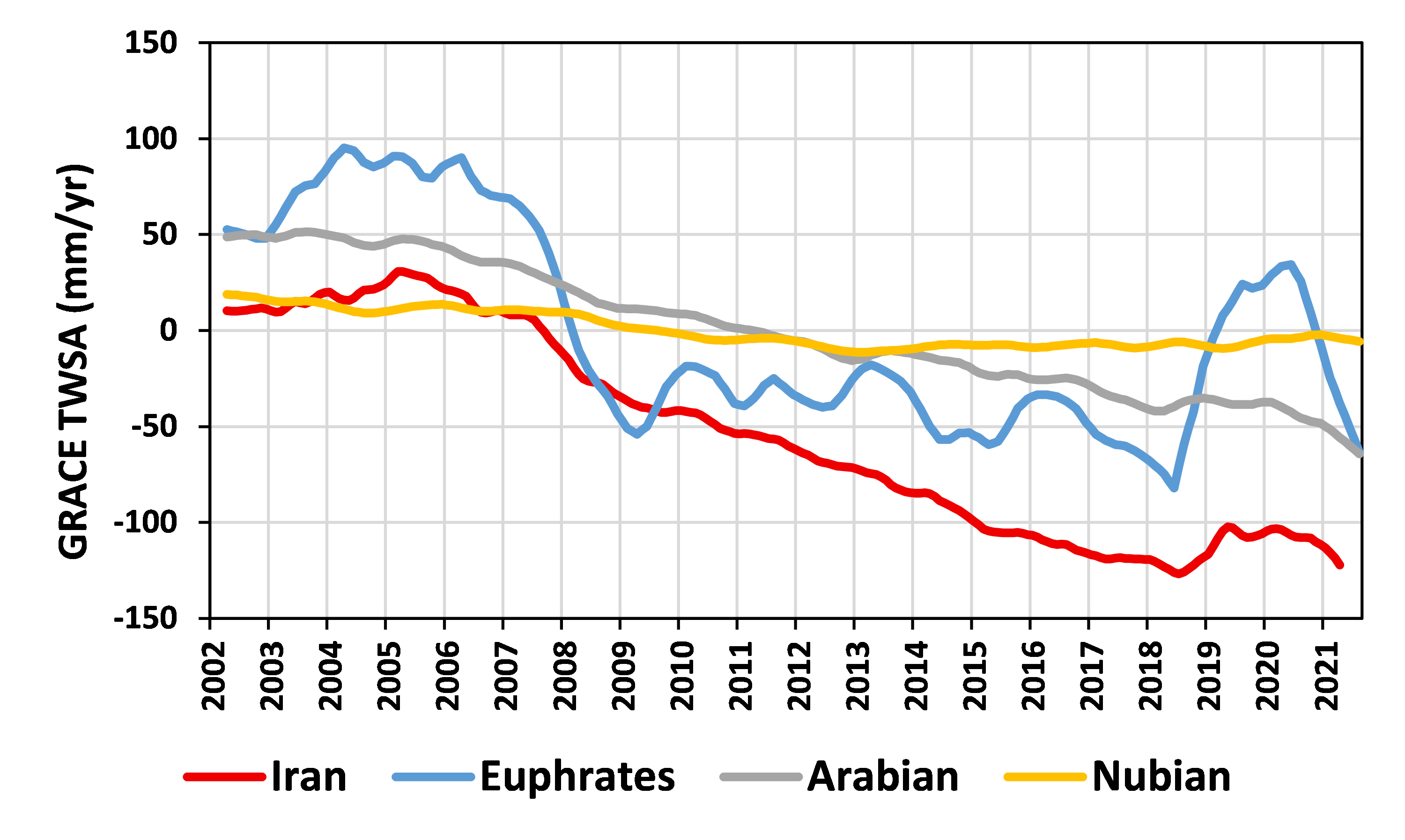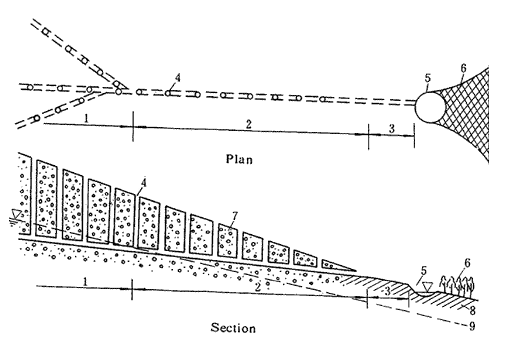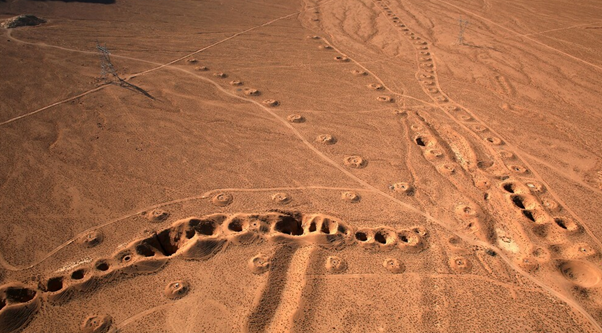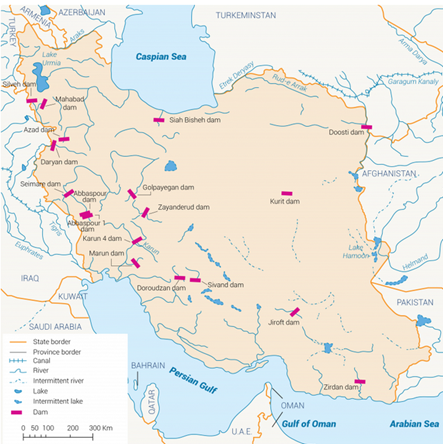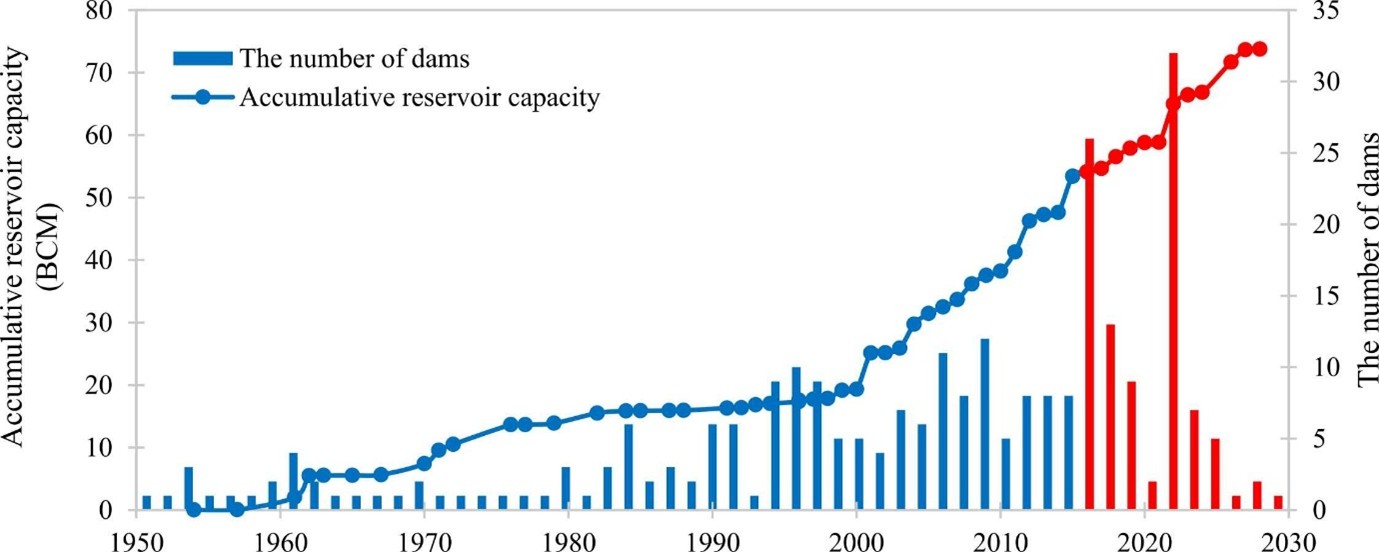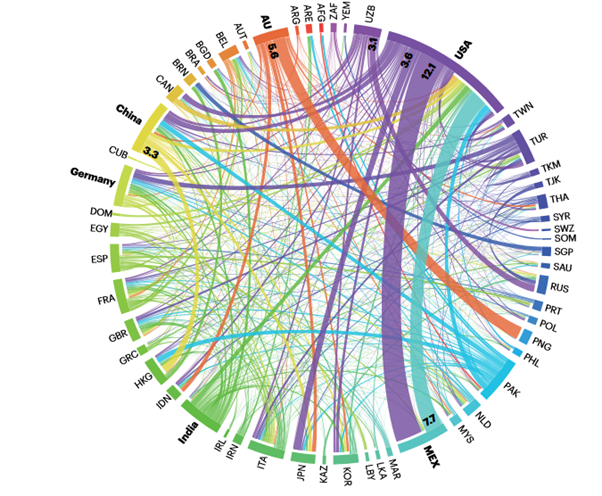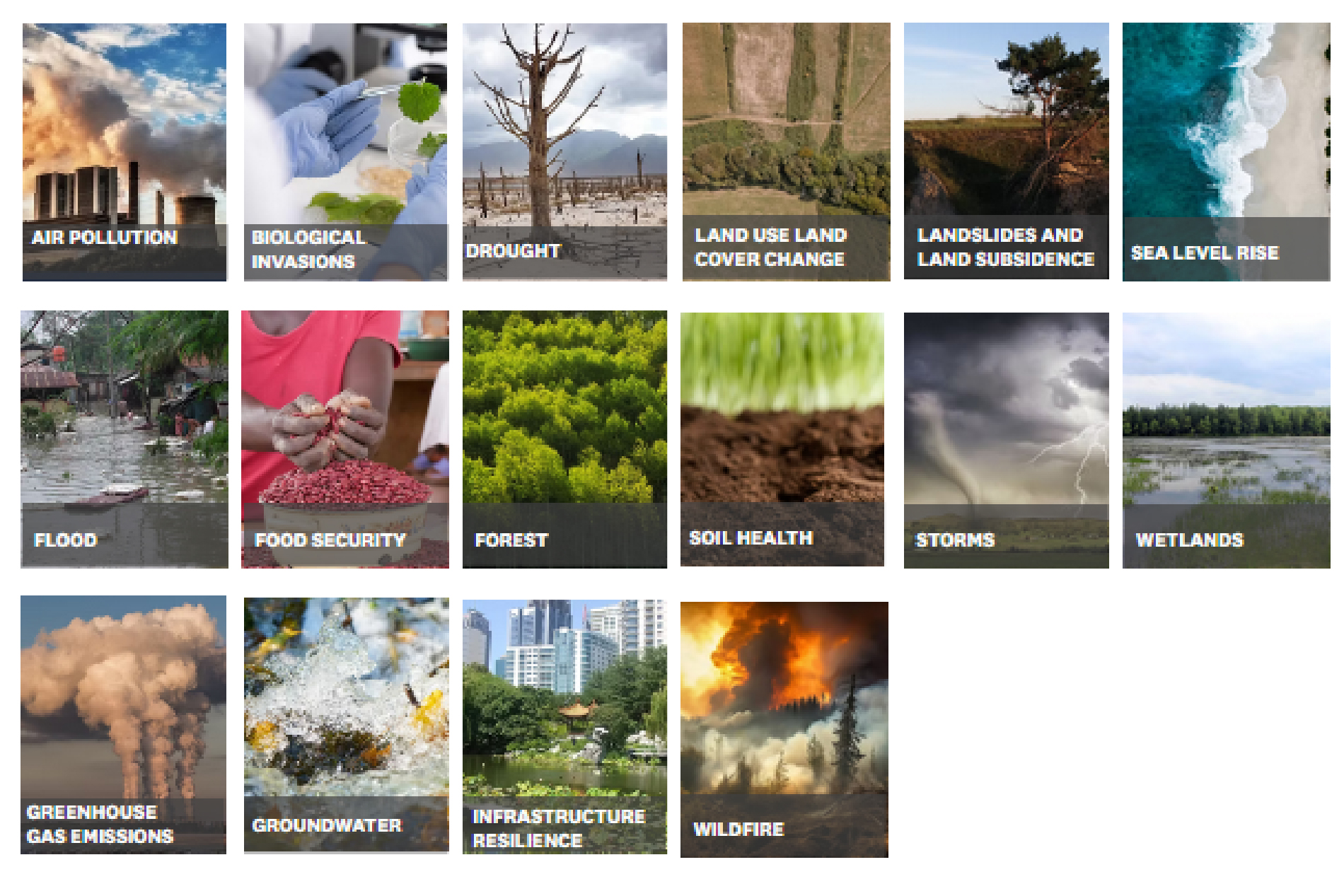Listen here on Spotify | Listen here on Apple Podcast
Episode released on August 7, 2025
Episode recorded on April 23, 2025

Kaveh Madani uses a bank analogy to describe water resources management with surface water as checking and groundwater as savings accounts and overexploitation leading to bankruptcy.
Kaveh Madani is the Director at the United Nations University Institute for Water Environment and Health (UNU-IWEH) and Founding Chair of the UN University Sustainability Nexus Analytics Informatics and Data (AID) Program.
Highlights | Transcript
General Water Management
- Water management is similar to a bank account:
- surface water – checking account (mostly renewed annually
- groundwater (often renewed)– savings account, backup system
- fossil groundwater recharged thousands of years ago, last source, nonrenewable.
- Water crisis, inappropriate term because going on for decades in many regions. Example Iran’s water crisis going on back in the 1960s and Kaveh’s paper in 2014 “Water Management in Iran: what is causing the looming crisis?” Best to admit bankruptcy and try to address the causes.
- Many regions globally experiencing water bankruptcy: Middle East, North Africa, NW India, North China Plain, SW United States.
- Considering bank analogy, we try to address water shortages by taking more loans, building surface water reservoirs, extracting more groundwater, drilling deeper wells, desalinating water, interbasin transfers, and increasing the supply side.
- Two approaches to dealing with water issues:
- Mitigation: building more infrastructure, e.g., reservoirs etc., irreversible damage, lakes and wetlands drying up, aquifers depleting, land subsiding.
- Adaptation: by modifying water use, irrigated agriculture etc.
- It is important to distinguish climate drivers, local land use changes, and water management to develop appropriate solutions to adapt to climate extremes
Water Issues in Iran:
- Drivers of water issues (Madani, JESS, 2014):
- rapid population growth and inappropriate spatial population distribution
- inefficient agricultural sector, and
- mismanagement and thirst for development
- The population more than doubled during the two decades after the 1979 Revolution but now Iran is among the countries with the lowest population growth.
- Large scale urbanization is also critical because water, food and energy demand to support these metropolitan areas greatly exceeds regional supplies.
- There is a lot of emphasis on food security, which is critical for Iran which is a sanctioned country. Food self-sufficiency is critical, even for food of low economic value because of sanctions. Much of food production relies on irrigation, which consumers most of the Iran’s water resources.
- About 70% of the water is in the hands of farmers. This is a political and economic problem. Most farmers are subsistence farmers, with no other job options.
- Total water storage trends from GRACE show large declines in Iran over the past two decades (Fig. 1).
- Iran developed qanats, similar to Roman aqueducts, moving water for thousands of years (Figs. 2 and 3). They extended for kilometers and groundwater was accessed through dug wells. They supported civilization.
- Surface reservoir building began in the 1950s, with 14 large dams built prior to the 1979 Revolution, ~ 30 total dams). After the 1979 Revolution, dam building accelerated, “Hydraulic Mission Era”, ~ 1330 dams reflecting national development and self-sufficiency. The distribution of major dams is shown in Figs. 4 and 5. Iran ranked third globally for number of dams built in 2012.
- There are ~ 520 large dams in operation with a capacity of ~ 52 km3 (Link).
- To address water management issues, Iran would need to diversify its economy and increase industrialization.
- Overexploitation of water resources has irreversible effects on the environment, including land subsidence, drying up of lakes and wetlands, and depleting aquifers in Iran.
Water problems in other regions globally
- Similar water problems are occurring in many regions globally:
- California, agriculture accounts for ~40% of the state’s water, or 80% of water used in homes and businesses (Public Policy Institute of California, 2023).
- Agriculture only accounted for 2% of the GDP in California.
- Therefore, CA can suffer from drought without drought greatly affecting the economy.
- California: Sustainable Groundwater Management Act, act passed in 2014 during extreme drought from 2012 – 2017.
- Global food trade amplifies water issues with the global North importing cheap food from global South, relying on cheap labor (Fig. 6).
- Global North and South blame climate change for many of the environmental issues without taking responsibility for them.
- For example: flooding issues may reflect on poorly organized evacuation plan but climate change is blamed.
- Need to acknowledge that water can limit growth and development.
- Anthropogenic drought: reflects overexploitation of water resources, differs from meteorological drought, agricultural drought, and hydrologic drought and can continue even if meteorological drought ends.
- Thirst for development, Global South would like to follow what Global North has done to achieve development. Global North cannot tell the South that you cannot do this because it is hypocritical for Global North to dictate what the South can do.
- Shortage of water or shortage of cheap water
- Israel provides an example of a country that recognized the physical constraints of water availability in semarid regions.
- Two types of water scarcity:
- economic water scarcity
- Physical water scarcity
United Nations Programs
- United Nations Universities: Headquarters in Tokyo, celebrating its 50th anniversary, includes 13 institutes over 10 countries
- Three major pillars
- Research (policy oriented research, evidence-based solutions to challenges)
- Education (MS and PhDs in relevant fields; online courses and training)
- Capacity building, especially in Global South (training policymakers and public officials)
- UNU Sustainablity Nexus AID Analytices informatics and data solutions covers a wide range of topics (Fig. 7)
